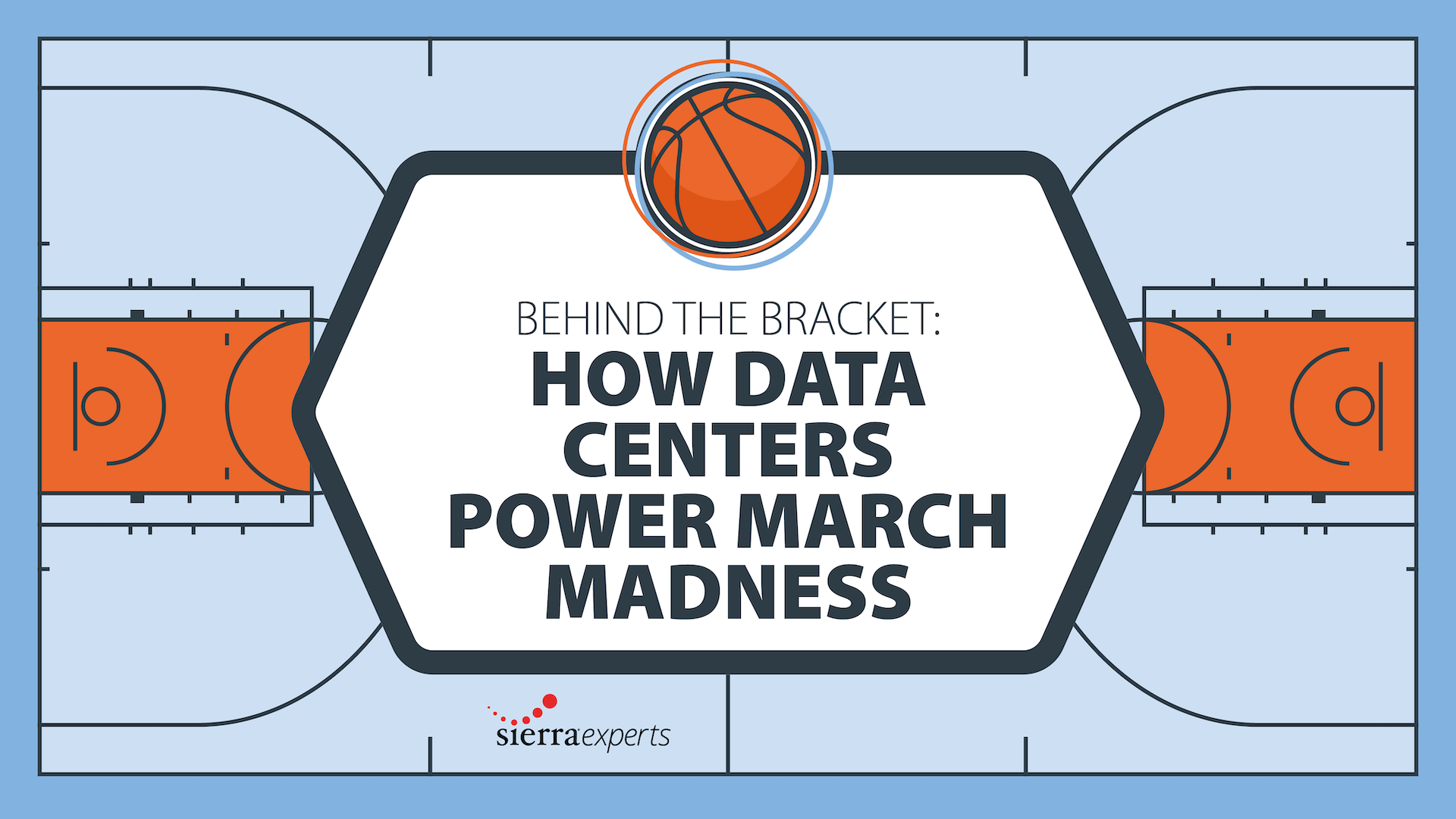Cybersecurity threats are continuing to evolve, leaving everyone vulnerable. According to Security Magazine, there are over 2,200 cyberattacks each day. That equates to nearly one cyberattack every 39 seconds. And with worldwide cybercrime costs estimated to reach $10.5 trillion annually by 2025, mastering endpoint monitoring has become paramount for organizations seeking to fortify their digital defenses.
This blog will provide:
- Critical aspects of endpoint monitoring.
- Insights into its significance and implementation strategies.
- The benefits it brings to the forefront of cybersecurity practices.
Understanding Endpoint Monitoring: A Foundation for Security Resilience
Endpoint monitoring involves continuously surveilling end-user devices within a network. These devices, from laptops and desktops to smartphones and servers, serve as potential entry points for cyber threats. By actively monitoring the activities of end-user devices, organizations gain immediate insights into the security and performance of each endpoint.
The Significance of Modern Cybersecurity
Endpoint monitoring plays a pivotal role in detecting and mitigating security threats. As cyberattacks become more sophisticated, the ability to identify anomalies in device behavior becomes necessary. This approach enables organizations to respond swiftly to potential security incidents, preventing the escalation of threats.
Critical Components of an Effective Strategy
- Real-time Threat Detection:
- Implementing advanced threat detection mechanisms ensures timely identification of malware, ransomware, and other cybersecurity threats.
- Performance Optimization:
- Endpoint monitoring isn’t only focused on security; it also addresses device performance. Monitoring resource usage, identifying bottlenecks, and optimizing configurations contribute to the overall efficiency of the IT infrastructure.
- Patch Management:
- Keeping endpoints up-to-date is critical for closing vulnerabilities. Monitoring facilitates effective patch management, ensuring devices receive timely updates to protect against known threats.
- Compliance Assurance:
- Endpoint monitoring helps organizations maintain compliance with industry regulations and internal policies. Regular audits and visibility into endpoint compliance contribute to a resilient security defense.
Implementing Endpoint Monitoring Best Practices
Organizations should adopt a strategic approach to fortify their cybersecurity defenses when implementing best practices. Choosing the right solution or a managed services provider that offers endpoint monitoring is a critical first step. Factors such as scalability, real-time capabilities, and integration with existing cybersecurity tools play a vital role in determining the effectiveness of the chosen solution.
A well-suited solution ensures the organization can adapt to evolving security requirements while maintaining optimal performance. Configuring policies and alerts is another crucial aspect of endpoint monitoring best practices. Organizations should define monitoring policies that align with their specific security objectives. By setting up, administrators can receive notifications of suspicious activities in real time, enabling swift response and mitigation. Customizable policies further allow organizations to tailor endpoint monitoring to their unique security requirements, ensuring a personalized and effective defense against potential threats.
Educating end-users on security protocols and promptly reporting suspicious activities is paramount. A well-informed user base becomes an active participant in the collective defense against potential threats, contributing to the overall resilience of an organization. As companies embrace these best practices, they establish a proactive and robust foundation for endpoint monitoring, enhancing their ability to detect, respond to, and mitigate security risks.
Benefits of Mastering Endpoint Monitoring
Mastering endpoint monitoring offers various benefits that significantly increase an organization’s cybersecurity resilience. By actively monitoring the activities of end-user devices, organizations gain immediate insights into each endpoint’s security and performance. This proactive approach enables early detection and swift response to security threats, preventing potential breaches and minimizing the impact on organizational assets and sensitive data.
Optimizing endpoint performance is central to overall operational efficiency. Through continuous monitoring, organizations can identify and address issues that may disrupt operations, ultimately reducing downtime and ensuring a seamless user experience across their IT infrastructure. Also, endpoint monitoring is cost-effective compared to the potential financial and reputational losses resulting from a cybersecurity incident. Proactively addressing security threats before they escalate proves more economical and mitigates the broader impact on the organization.
Elevating Cybersecurity Defenses through Sierra Experts Managed Services
Choosing Sierra Experts for managed services and endpoint monitoring is a strategic decision that offers a robust and proactive approach to IT infrastructure management and cybersecurity. Sierra Experts delivers top-tier managed services encompassing a comprehensive suite of solutions designed to optimize operational efficiency and enhance security.
Sierra Experts provides businesses with 24/7 support, proactive monitoring, and efficient issue resolution. The team’s expertise extends to remote systems monitoring, ensuring potential problems are identified and addressed before they impact operations. This minimizes downtime, contributes to a seamless user experience, and ultimately supports the overall operational efficiency of businesses.
In conclusion, mastering endpoint monitoring is a security best practice in today’s digital landscape. Organizations prioritizing a comprehensive and proactive approach to endpoint monitoring empower themselves to navigate the evolving threat landscape with resilience and confidence. As cyber threats continue to grow in sophistication, the mastery of endpoint monitoring emerges as a foundational element in the ongoing battle to safeguard digital assets and sensitive information.





